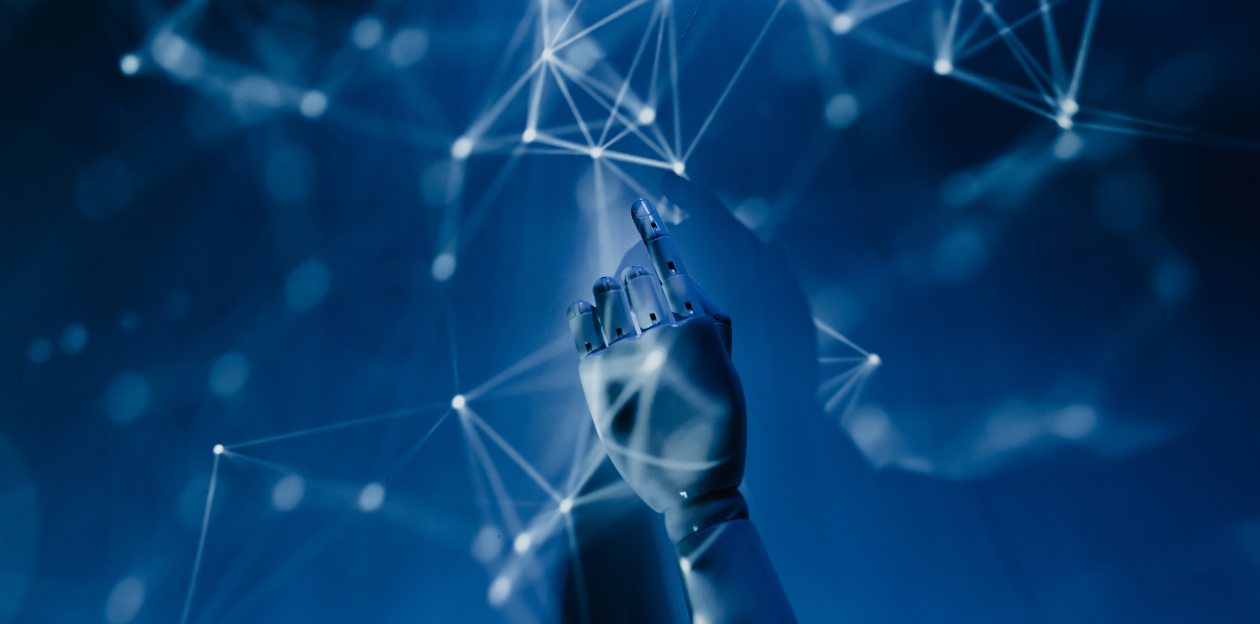Microsoft chief warns more deepfake threats could be coming soon
Deepfakes are getting more sophisticated

When it comes to deepfakes, what we’ve seen so far is just the tip of the iceberg. In the near future, we won’t be certain if the person we’re speaking to on a video call is real, or an impostor, and crooks won’t have trouble creating an entire chronology of fake videos to support their claims, or trick people into believing the legitimacy of an offer or campaign.
These harrowing predictions come from Eric Horvitz, Microsoft’s chief science officer, in a new research paper, titled “On the horizon: Interactive and compositional deepfakes”.
Deepfakes are “photoshopped” videos, essentially. By using artificial intelligence (AI) and machine learning (ML), a threat actor is able to create a video of a person saying things that they never said. Now, according to Horvitz, crooks are ready to take it to the next level. Interactive deepfakes are just as you’d expect - real-time videos with which users can interact, which are, in reality, utterly fake.
Synthetic history
Compositional deepfakes, on the other hand, are described as “sets of deepfakes” designed to integrate over time with “observed, expected, and engineered world events to create persuasive synthetic histories.”
“Synthetic histories can be constructed manually but may one day be guided by adversarial generative explanation (AGE) techniques,” Horvitz adds.
He also says that in the near future, it will be almost impossible to distinguish fake videos and fake content from authentic ones: “In the absence of mitigations, interactive and compositional deepfakes threaten to move us closer to a post-epistemic world, where fact cannot be distinguished from fiction.”
This absence of mitigations stems from the fact that threat actors can pit artificial intelligence against analysis tools and develop deepfake content that is able to fool even the most advanced detection systems.
Are you a pro? Subscribe to our newsletter
Sign up to the TechRadar Pro newsletter to get all the top news, opinion, features and guidance your business needs to succeed!
“With this process at the foundation of deepfakes, neither pattern recognition techniques nor humans will be able to reliably recognize deepfakes,” Horvitz notes.
So, next time a family member calls from abroad to ask for money to pay the rent, make sure it’s not a fraudster impersonating your loved ones.
- Check out the best firewalls around
Via: VentureBeat
Sead is a seasoned freelance journalist based in Sarajevo, Bosnia and Herzegovina. He writes about IT (cloud, IoT, 5G, VPN) and cybersecurity (ransomware, data breaches, laws and regulations). In his career, spanning more than a decade, he’s written for numerous media outlets, including Al Jazeera Balkans. He’s also held several modules on content writing for Represent Communications.